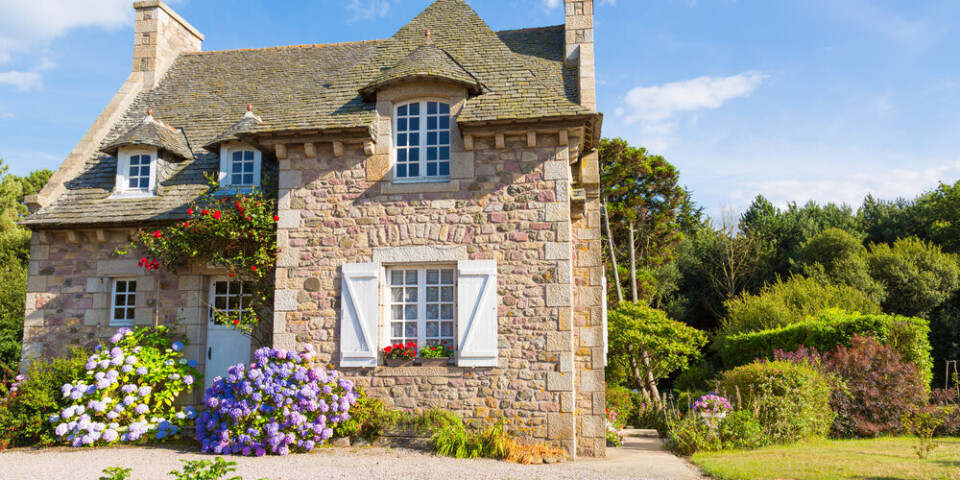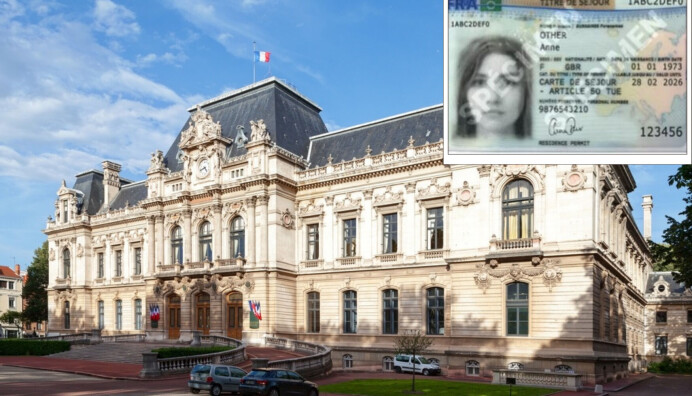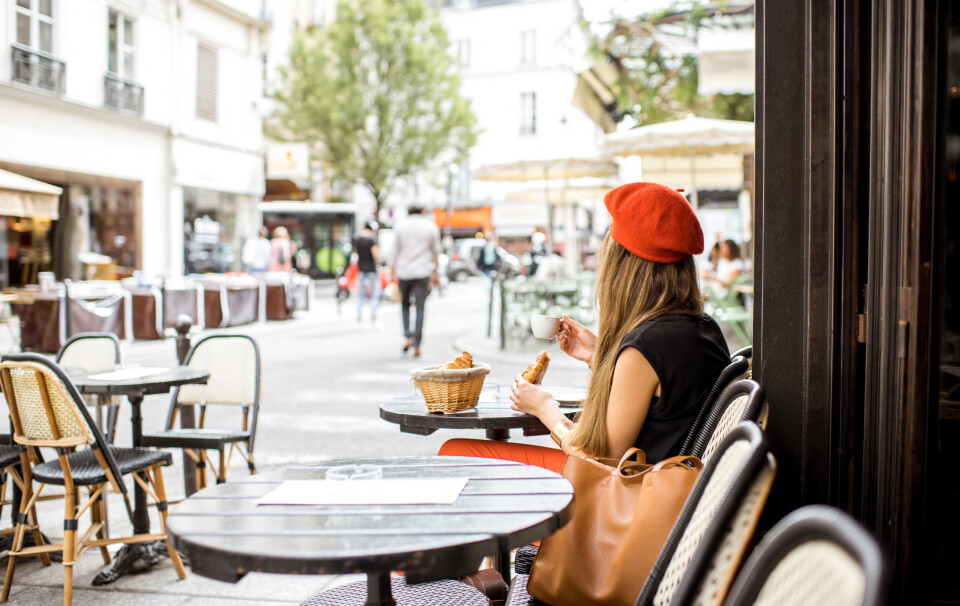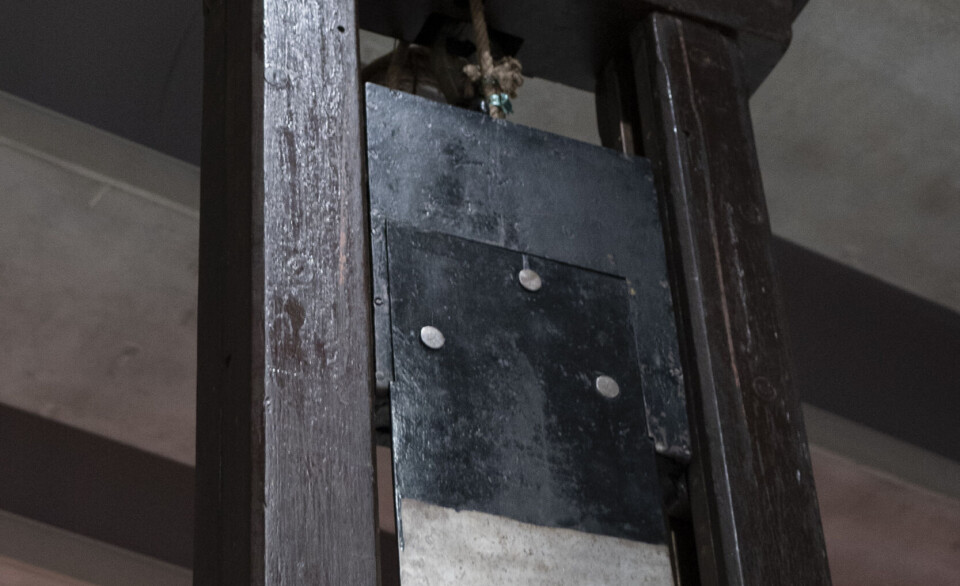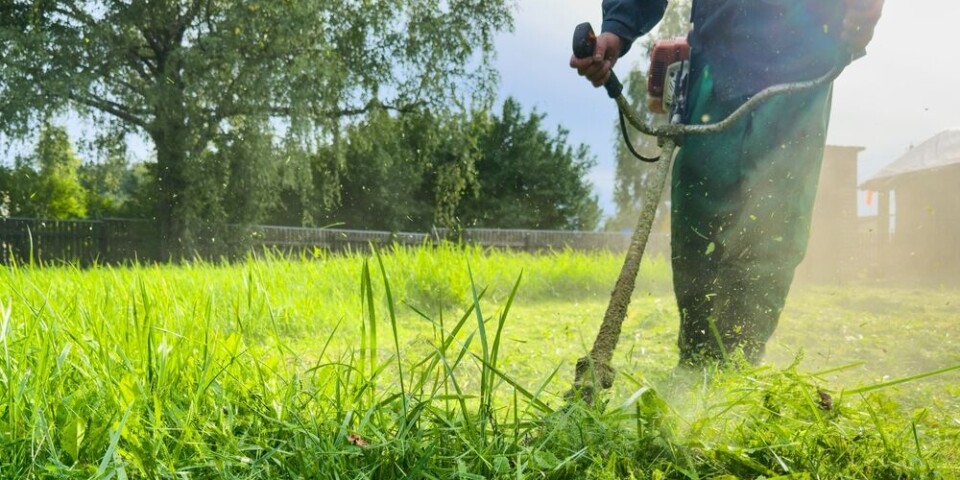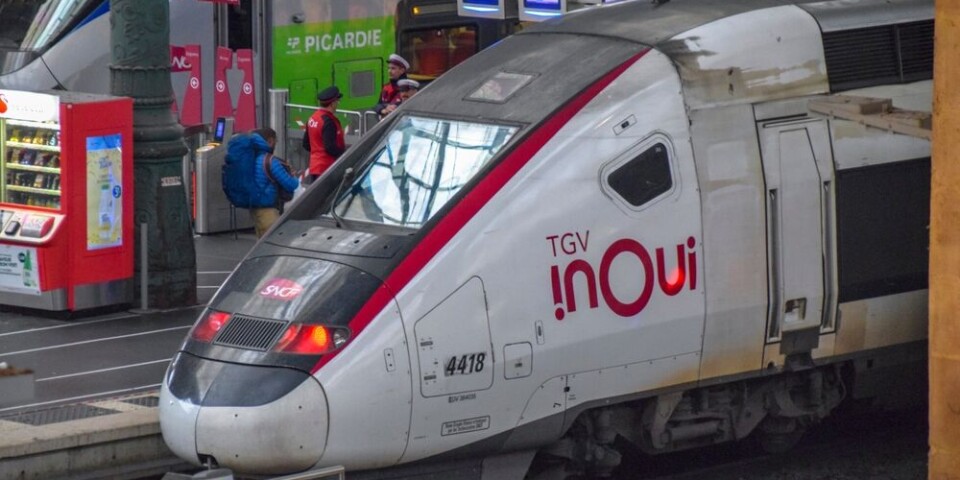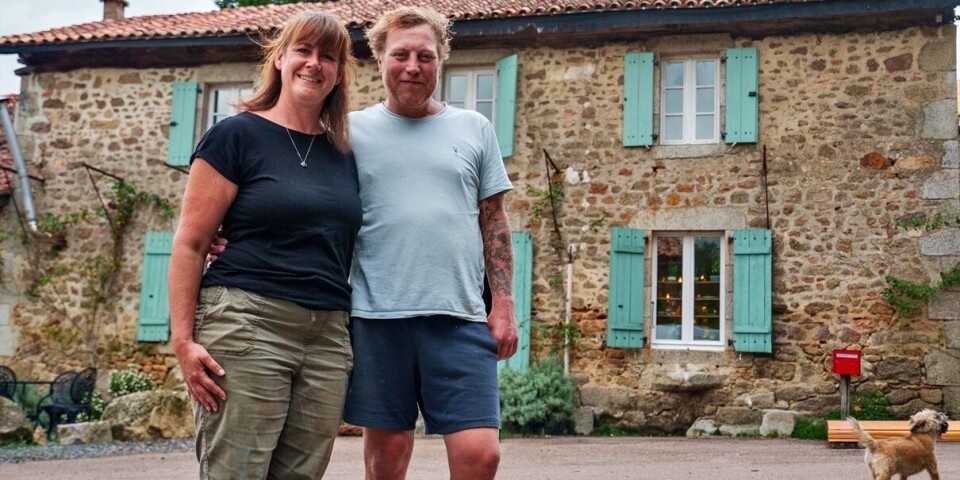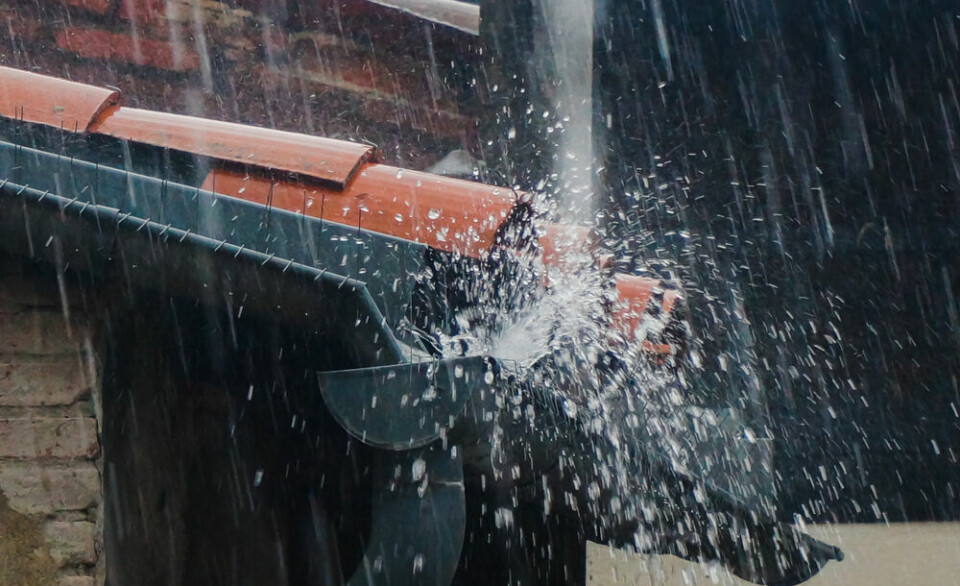-
GR, GRP, PR: What do the French hiking signs mean?
What are the coloured symbols on French hiking routes? Who paints them there and why?
-
Miss France: glam - but not sexy
Miss France organiser Geneviève de Fontenay fears she is fighting a losing battle to protect her 'Cinderella dream' from vulgarity
-
Normandy Landings visit for Queen
Queen Elizabeth has confirmed a state visit to France, ending rumours she is handing over duties to Charles
Only a fur coat to keep you warm
Wild animal charity Aspas explains how animals cope with winter and offers tips on how to help the hibernators
WINTER, with all its snow, sleet and slush is little fun for humans and a real threat to life for many animal, so what do they do to survive?
There are three main strategies: some animals sleep it out; some flee to warmer climates; and some tough it out.
Here are several ways you can help the animals that choose to either sleep it out or tough it out, plus good places to see the ones that hit the world’s hotspots.
Sleepers
Animals with a variable temperature, such as insects, amphibian fishes or reptiles, hibernate. Their metabolism is so low then that it insures their survival.
If you create a pond in your garden, plan a sufficient depth for the frost not to reach the bottom. Animals, in particular frogs, will then be able to spend winter in water, sheltered from hungry predators.
Certain warm-blooded animals such as marmots, dormice, hedgehogs or bats also hibernate, waking up from time to time to prevent their temperature from dropping too low.
All species of bat are protected by law: they are useful insectivores. To protect them, leave them a horizontal access of 9cm height and 20cm width constantly opened, in the cave or attic.
In winter, avoid work in the garden. Moving stones may disturb snails or lizards, filling a hole may condemn snakes or slowworms.
Other big sleepers such as brown bears, badgers, squirrels are not considered as hibernating animals because their temperature remains high, and they can wake up at any time to leave their shelter.
Did you know that many insects, amphibians and reptiles can freeze and unfreeze without harm? They have antifreeze to stop ice crystals bursting their cells. The frozen animal does not move or breathe, its heart has stopped beating and its blood stops flowing.
Some neurological activity remains, but it is hardly perceptible. With heat, the animal will be “born again” as though nothing had happened.
Runaways
As soon as summer ends, many animals fly south. Birds, dragonflies, butterflies and bats undertake migrations that many of them will not survive.
The main sites to witness migrations are are: Ouessant (Finistère), Col de l’Escrinet (Ardèche), Cap Gris-Nez (Nord), Pointe de Grave (Gironde).
Stayers
For animals that stay active during winter, their priority is to preserve each precious calorie, so they grow winter coats.
Mammals
It is during winter that they are at their most beautiful: foxes wear a fur so soft that you want to stroke it. In certain regions, stoats, variable hares and grouse camouflage themselves by becoming as white as the snow.
Birds
They wear their dullest costumes. No more crests or fancy colours; this is not a time for seduction. The testicles of birds such as the robin are 300 times smaller than in spring.
Foot prints
Footprints are often well marked in snow and mud, and it is useful to make moulds of them. There are many kits available in specialist shops. Choose a fast-drying plaster, especially in cold weather. After having got rid of dusts and twigs in the footprints, surround it by a small fence, then pour your mix and wait. When the plaster has dried, write down quickly the name of the species, the date and place.


